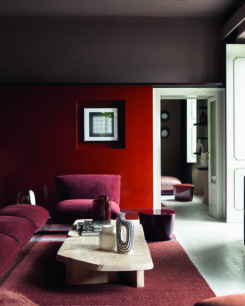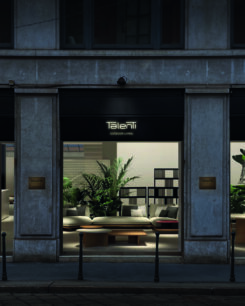Sommaire
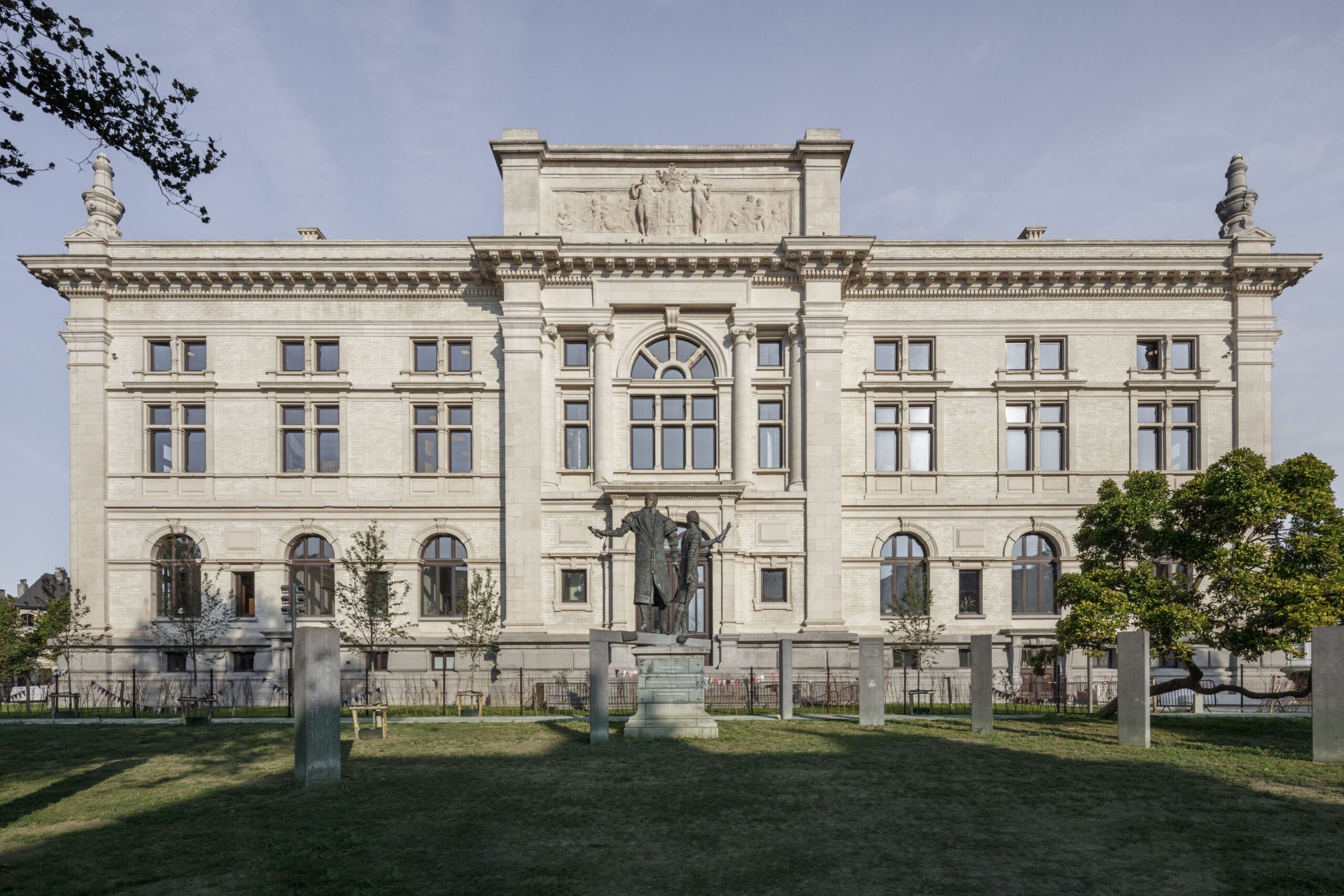 KMSKA © Karin Borghouts
KMSKA © Karin Borghouts
Featuring masterpieces by Flemish Primitives, expressionists, world-famous masters, and the largest collections of James Ensor and Rik Wouters in the world, the KMSKA has undergone a complete metamorphosis.
After its closure in 2011, it took more than a decade to demolish, expand, and restore the building in its most spectacular renovation in history.
Today, the 19th-century architecture is being rediscovered in all its splendor, with the added benefit of extra space. A completely new museum space has been created in the four former inner patios. Dutch architecture firm KAAN Architects is behind this impressive transformation.
Upon entering, visitors can choose between two directions: historical rooms housing old masters and works predating 1880, or the new section featuring modern iconoclasts and their works from after 1880.
Between these two worlds lies the Ensor wing, showcasing the world’s largest collection of works by the Belgian painter.
The museum’s new permanent collection includes over 650 carefully selected works of art from the current display of 8,400 pieces.
THE COLLECTION
The museum has acquired, inherited, and received a series of masterpieces, particularly from the Guild of Saint Luke – a strictly regulated business organization of Renaissance painters, engravers, sculptors, and printers active since the 14th century in Italy, the Netherlands, the Rhineland, and France – and the Academy of Antwerp.
Museum Boijmans Van Beuningen in Rotterdam, currently closed for renovation, has received eight masterpieces by Salvador Dalí, Jean-Michel Basquiat, Peter Paul Rubens, Oskar Kokoschka, Jan Toorop, Marcel Broodthaers, Eugène Delacroix, and Bill Viola on loan for five years. These works beautifully enhance the thematic impact of the galleries.
Moreover, the museum is able to continue its international expansion thanks to the generosity of private collectors. Anish Kapoor, the Indian artist; Anselm Kiefer, the German artist; and Marlene Dumas, the Dutch artist from South Africa, can all captivate visitors with their monumental works.
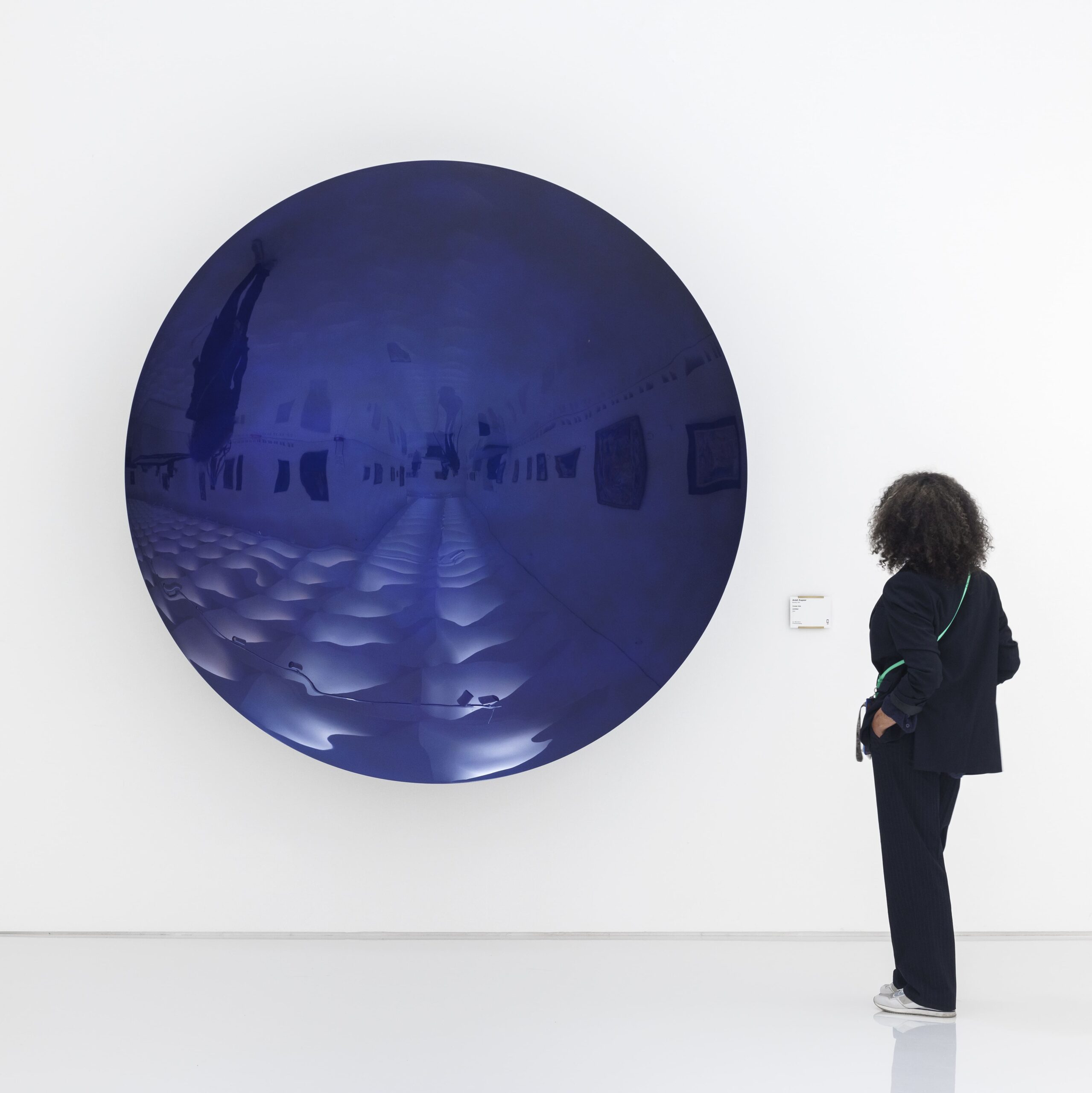 Anish Kapoor © Karin Borghouts
Anish Kapoor © Karin Borghouts
Also closed in 2023 due to major renovation works, the Rubens House has received invitations to add works by Peter Paul Rubens, Jacob Jordaens, and Anthony Van Dyck to KMSKA’s collection.
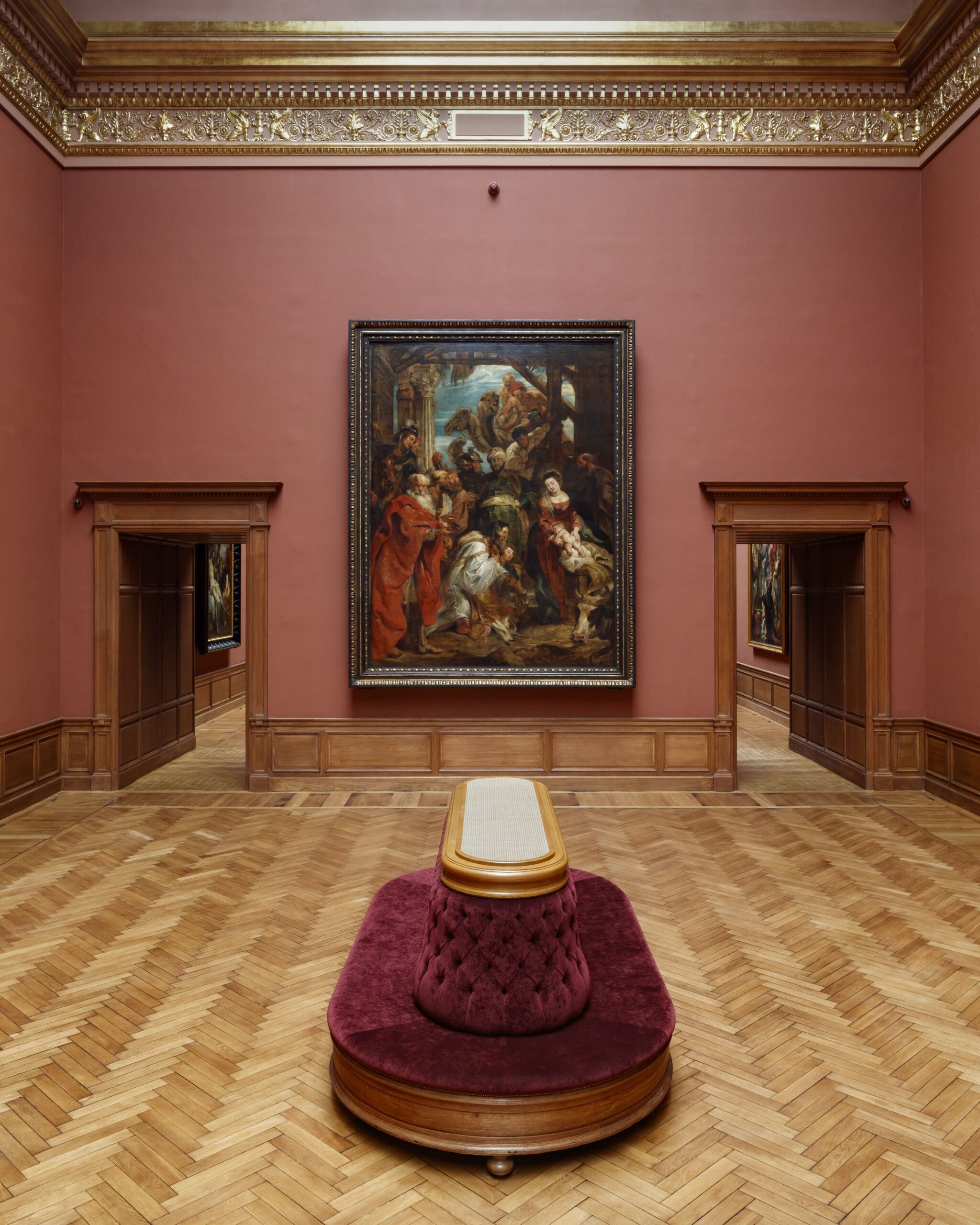 Salle Rubens © Karin Borghouts
Salle Rubens © Karin Borghouts
In the ten new contemporary rooms, visitors will discover the world’s largest collection of James Ensor, as well as works by Rik Wouters, Magritte, Modigliani, and many others.
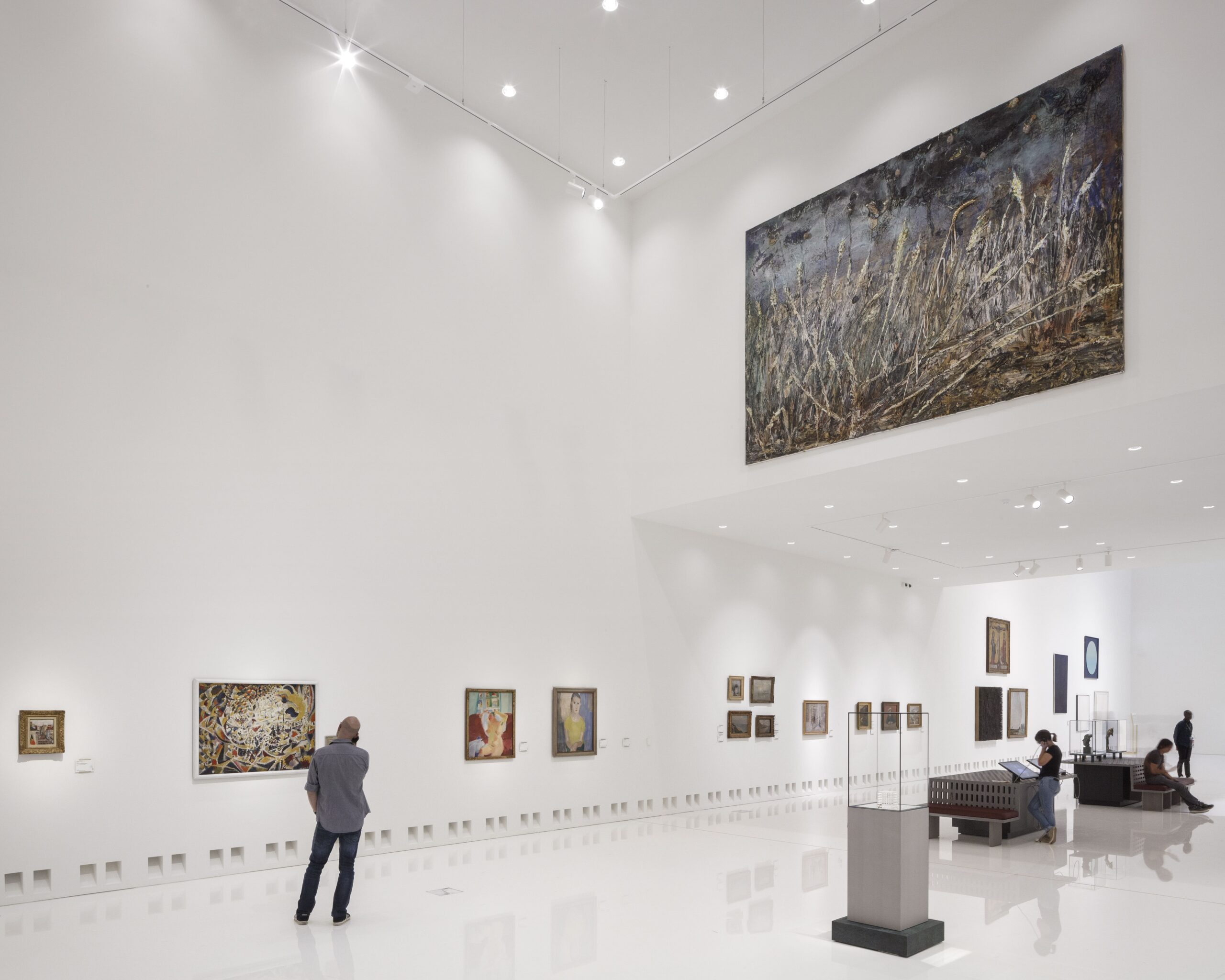 © Karin Borghouts
© Karin Borghouts
FACADES & GARDENS
Following the restoration of the museum’s interior in 2016, the facades, which had become worn over time, were fully restored to their original hues: pink, grey, yellow, orange, and blue.
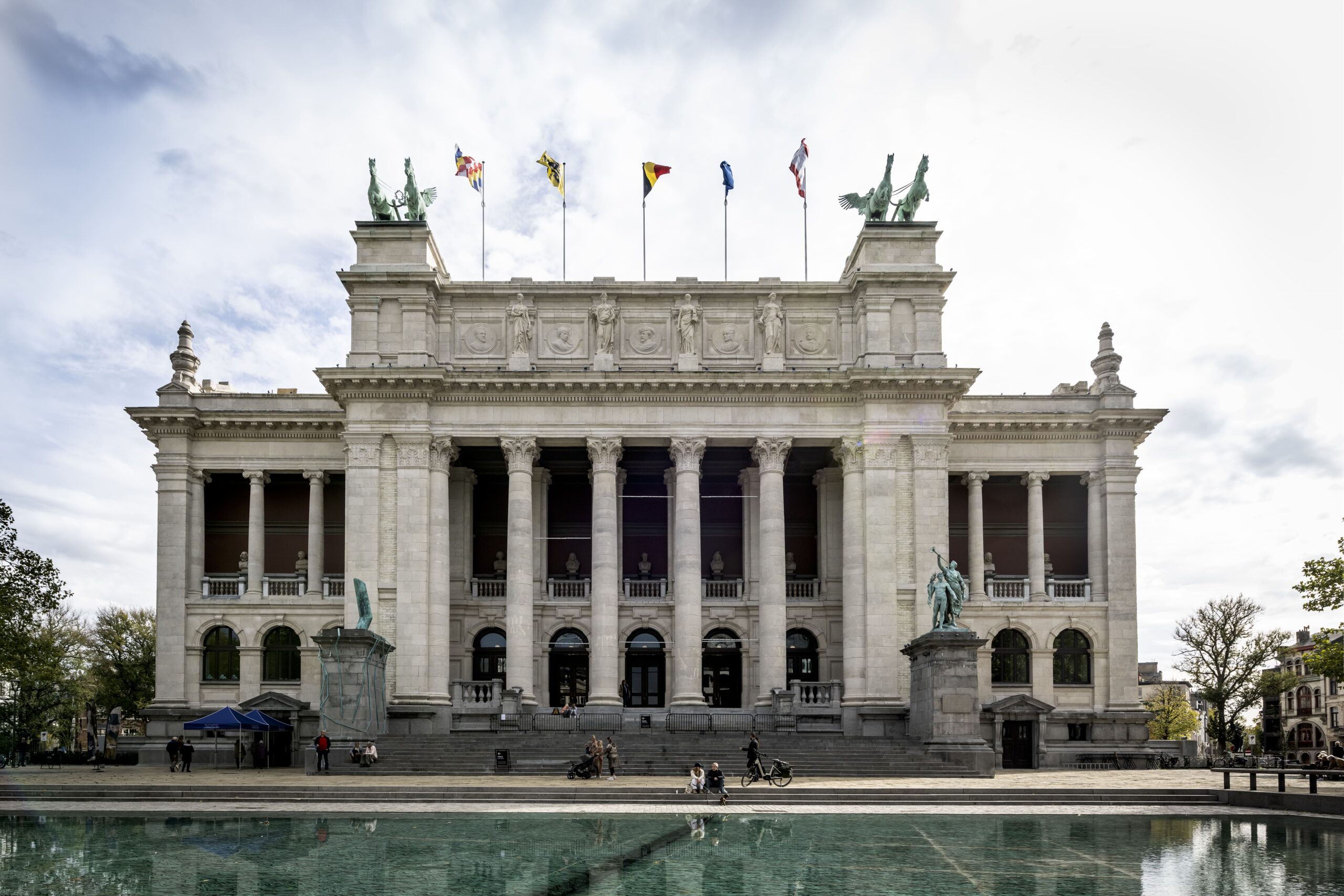
Front facade @ Ingrid Spinnox
The garden, a true oasis of greenery offering tranquility in the heart of the bustling ‘t Zuid district, is home to several impressive sculptures, including works by Belgian sculptor Bert De Leeuw.
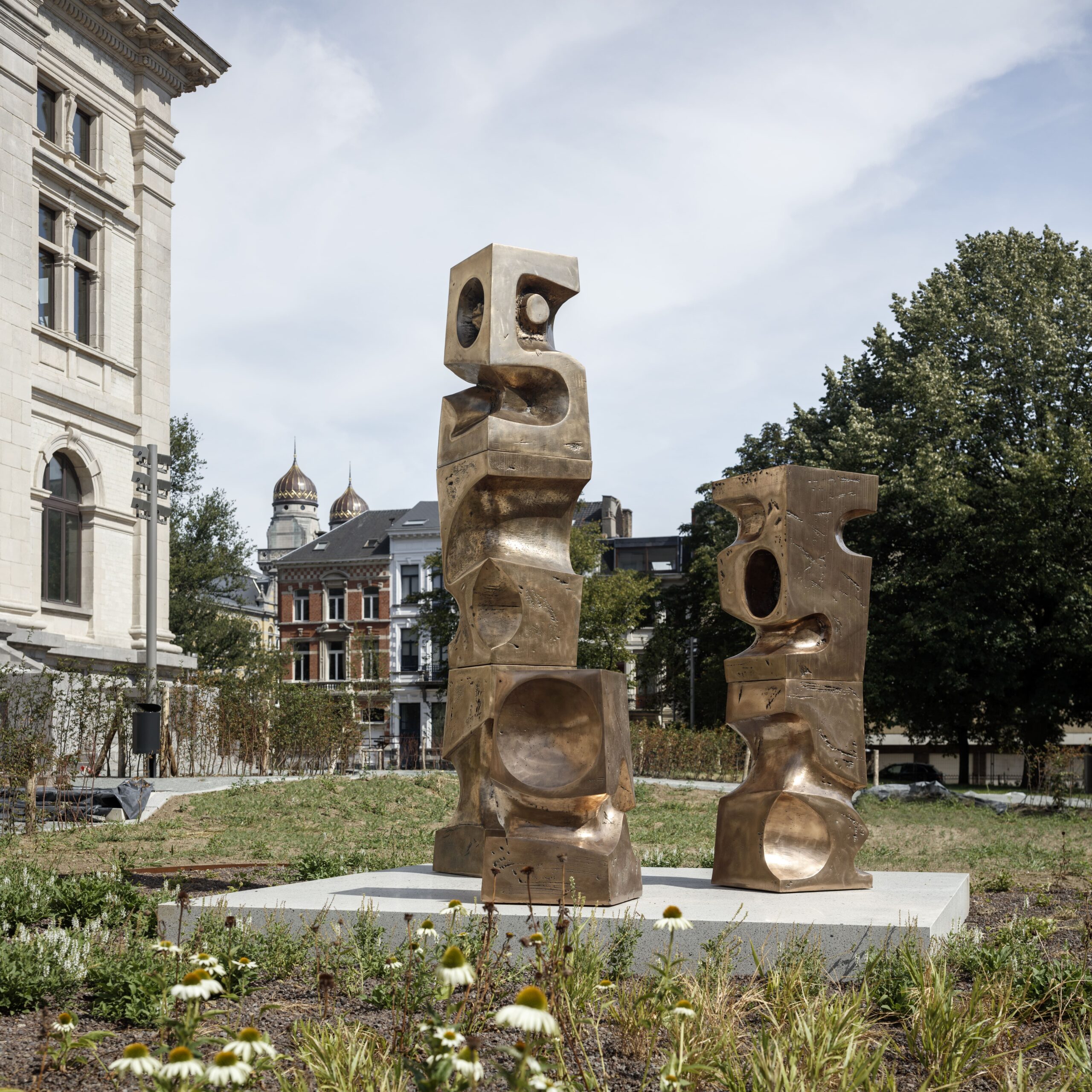
© Karin Borghouts – Bert De Leeuw, Belgian sculptor
THE RESTORATION STUDIO – STUDIO RUBENS
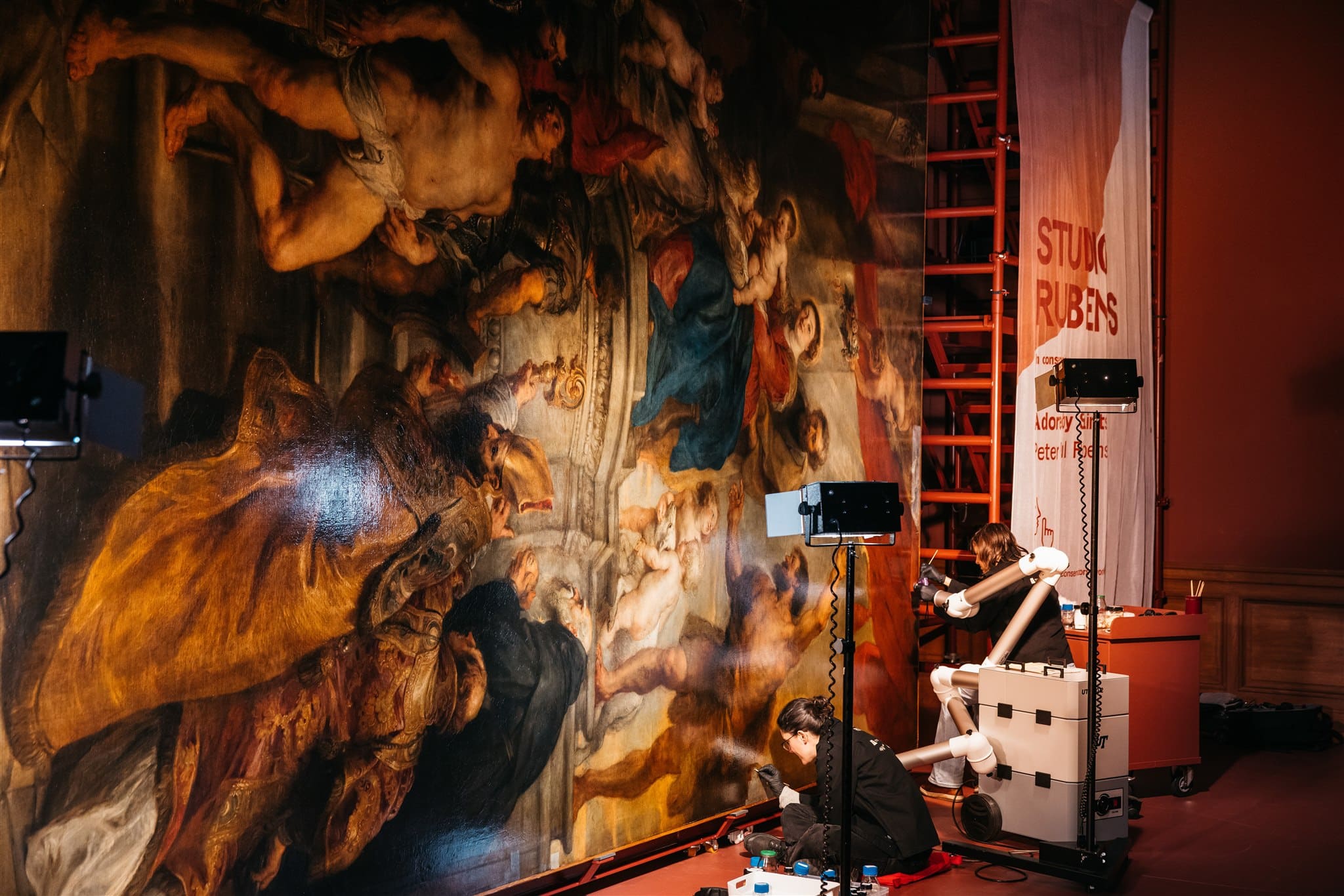 studio Rubens @Fille Roelants
studio Rubens @Fille Roelants
One of the few Flemish museums with its own restoration studio, where visitors can observe some interventions through accessible areas behind glass walls.
Certain large paintings by Rubens, too cumbersome to relocate, undergo restoration in a room known as Studio Rubens. Here, “The Virgin seated surrounded by saints” is being restored to its original splendor by restorers.
Currently on display is an impressive sculpture made of Plexiglas, stainless steel, and S-hooks, standing 14 meters high in the center of the Emperor’s Hall, from floor to ceiling.
Carla Arocha and Stéphane Schraenen rose to the challenge with this dynamic installation.
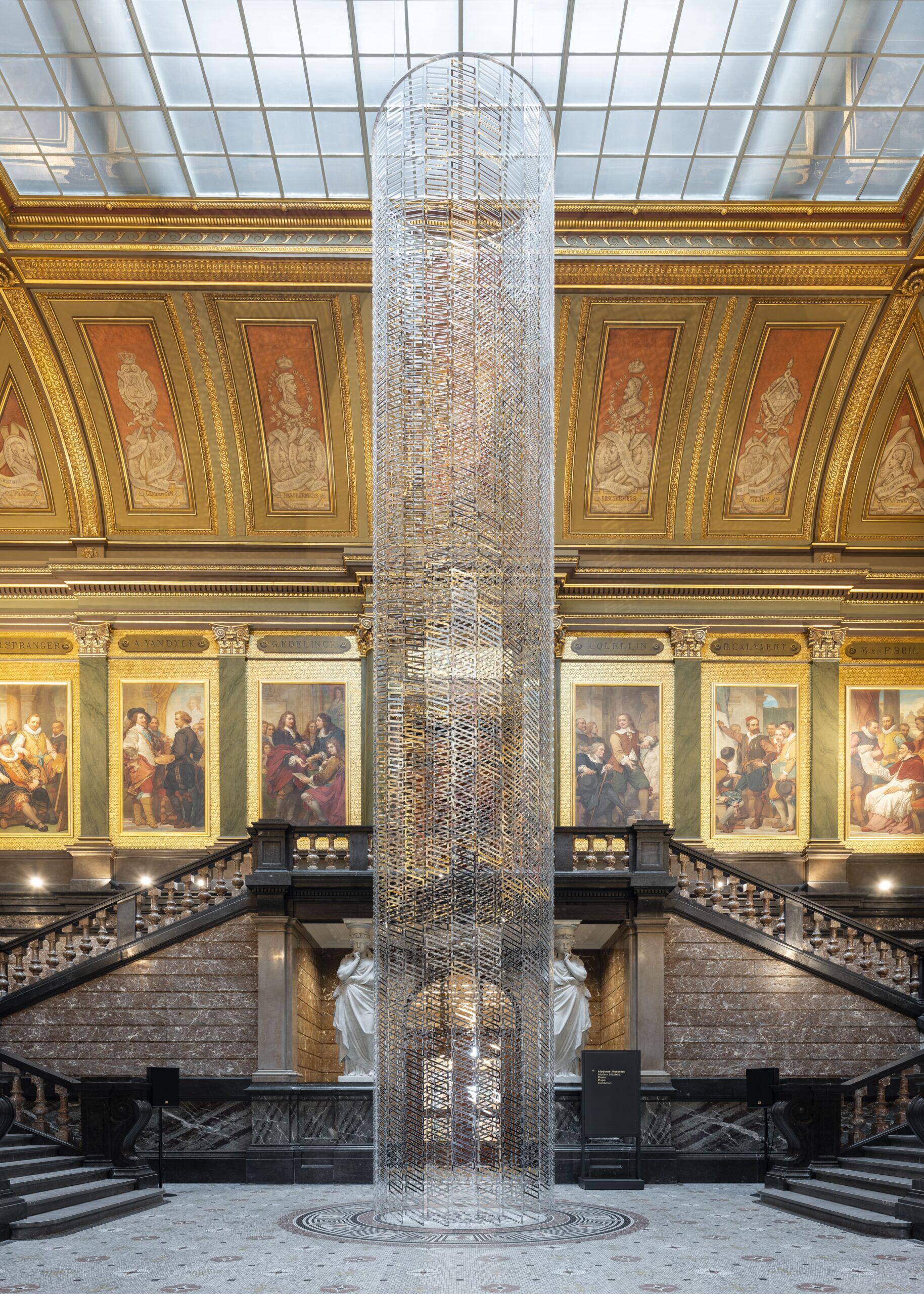
Arocha & Schraenen, Mechelen Marauder, 2014, La salle Keyzer du KMSKA
This vibrant museum offers a wide array of activities: “Les Dix,” an exploration designed for visitors young and old by Christophe Coppens; a drawing zone and workshop led by visual artists; a multimedia application and GPS guide to navigate the museum; Thursday night openings; a shop; and the Madonna Grand Café, an exceptional spot in Antwerp for lunch that transforms into a restaurant in the evening.
Current exhibition until 18 August
JEF VERHEYEN – WINDOW ON INFINITY
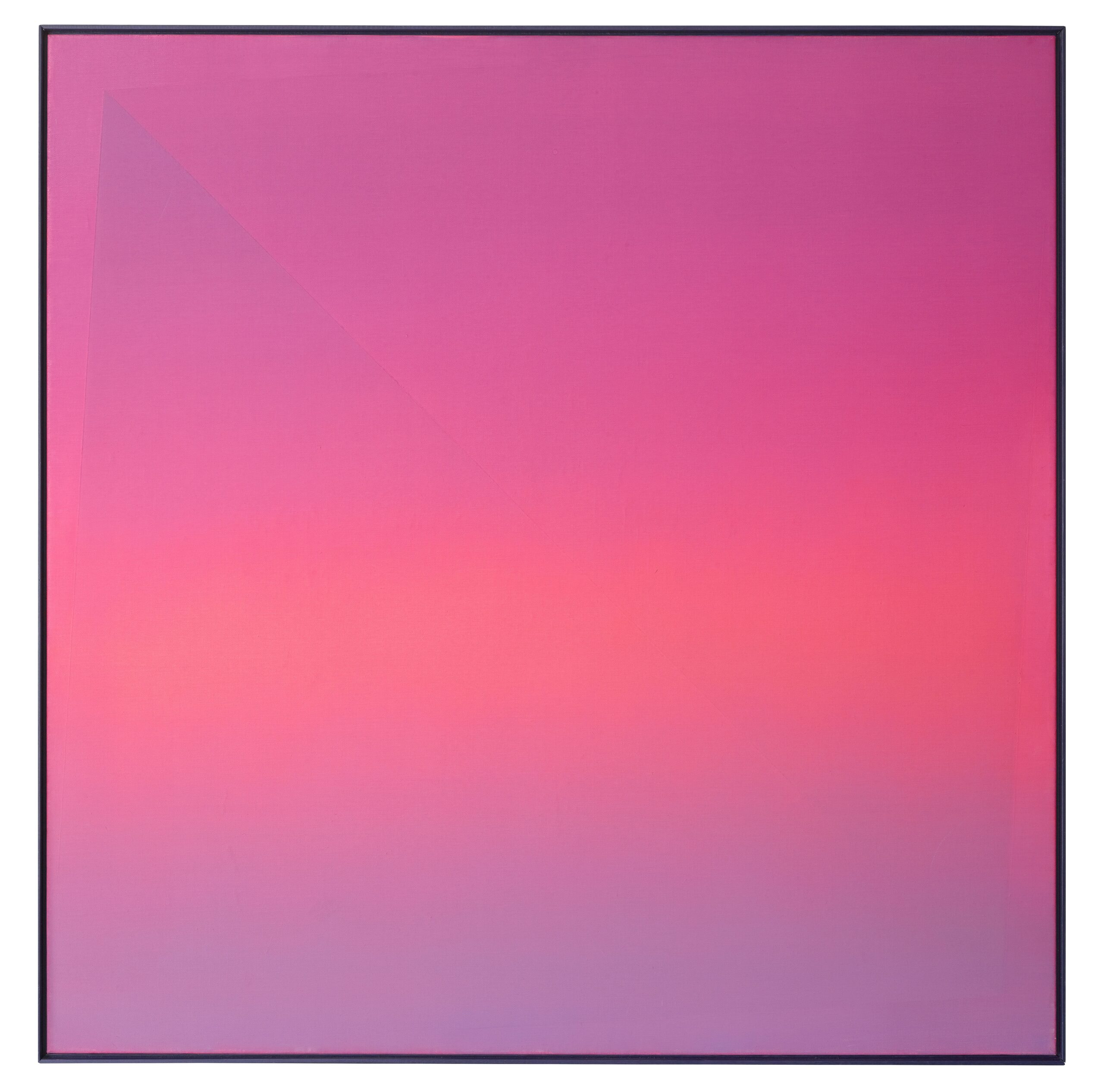 Jef Verheyen, Le Matin des Magiciens, 1979 © SABAM Belgium 2024, Foto Jan Liégeois Jef Verheyen Archief
Jef Verheyen, Le Matin des Magiciens, 1979 © SABAM Belgium 2024, Foto Jan Liégeois Jef Verheyen Archief
A retrospective of the Antwerp experimental painter Jef Verheyen, born in the 1930s and still relatively unknown, heralds the resurgence of the Flemish avant-garde.
Verheyen was not only a painter but also a draughtsman and, in his early career, a ceramist.
His work delves into an inner world, exploring themes of infinity and spatiality.
In the 1960s, he had a significant encounter with Lucio Fontana, which influenced his artistic direction profoundly.
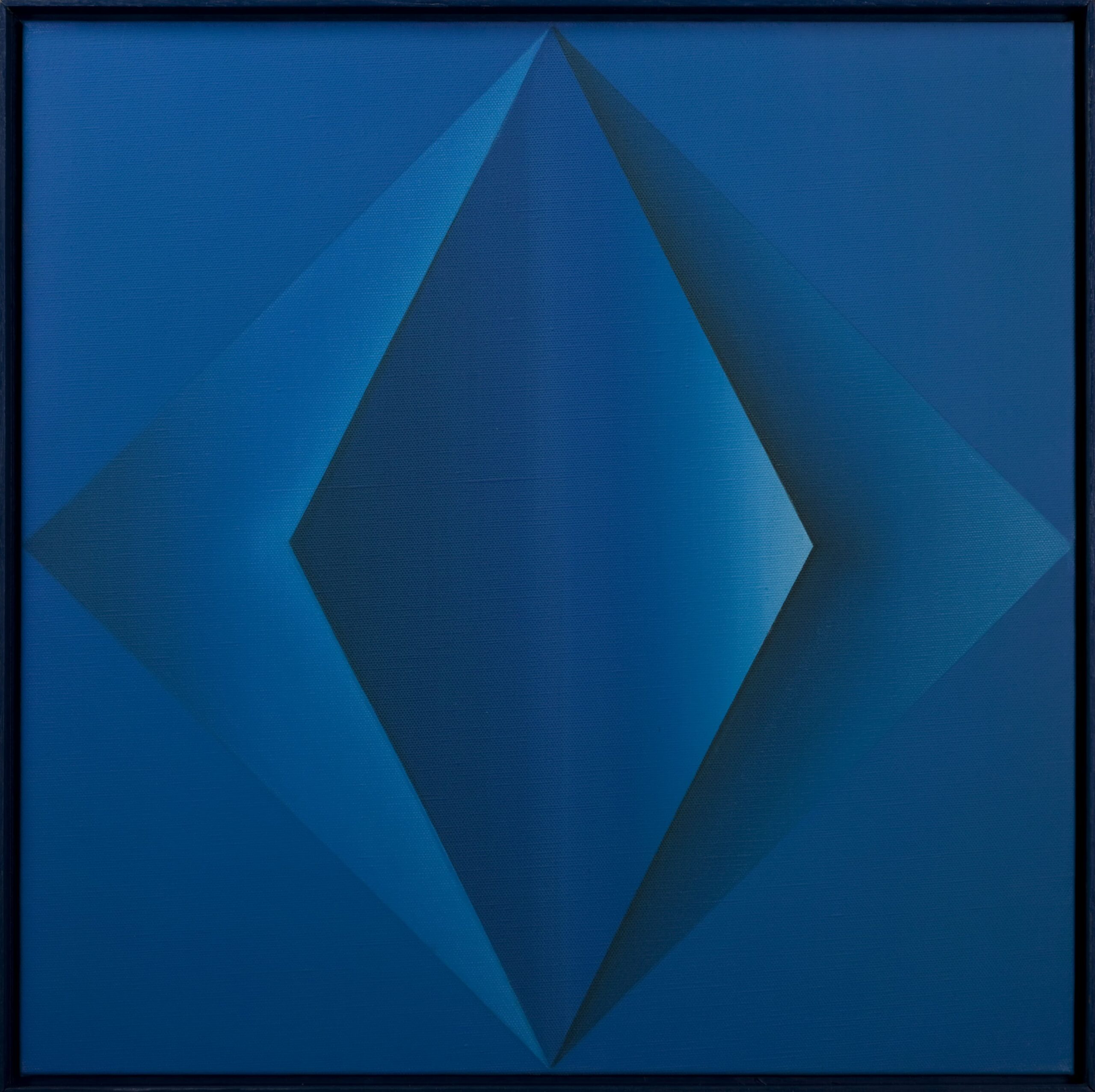 Jef Verheyen, The Diamant’ 1984 © SABAM Belgium 2024, foto Axel Vervoordt Gallery, Jef Verheyen Archief
Jef Verheyen, The Diamant’ 1984 © SABAM Belgium 2024, foto Axel Vervoordt Gallery, Jef Verheyen Archief
With precision and finesse, Verheyen sought to distill the essence of painting, focusing on light and color. His canvases are best appreciated in large rooms with pristine white walls, allowing his compositions to command attention.
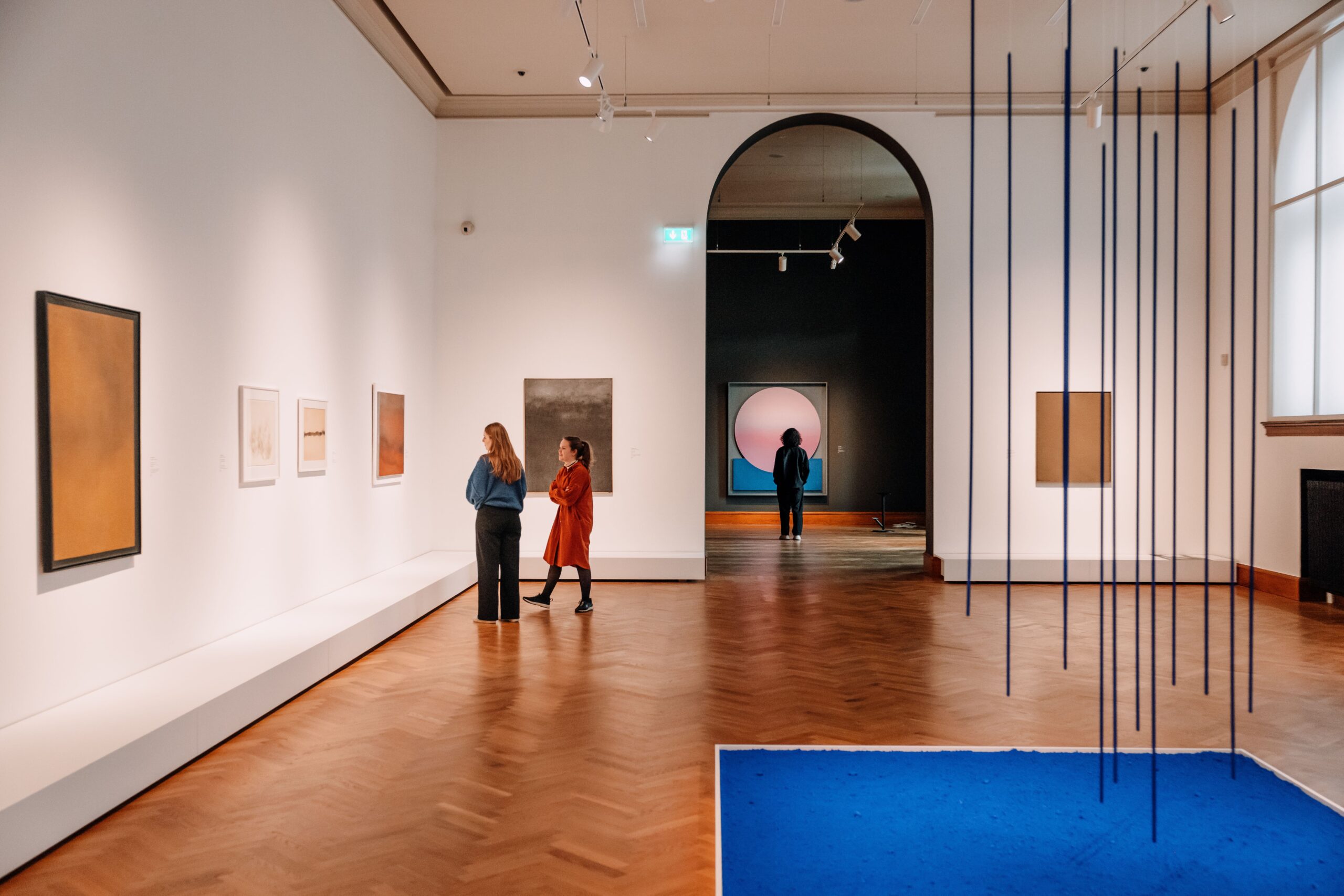
Jef Verheyen @Fille Roelants
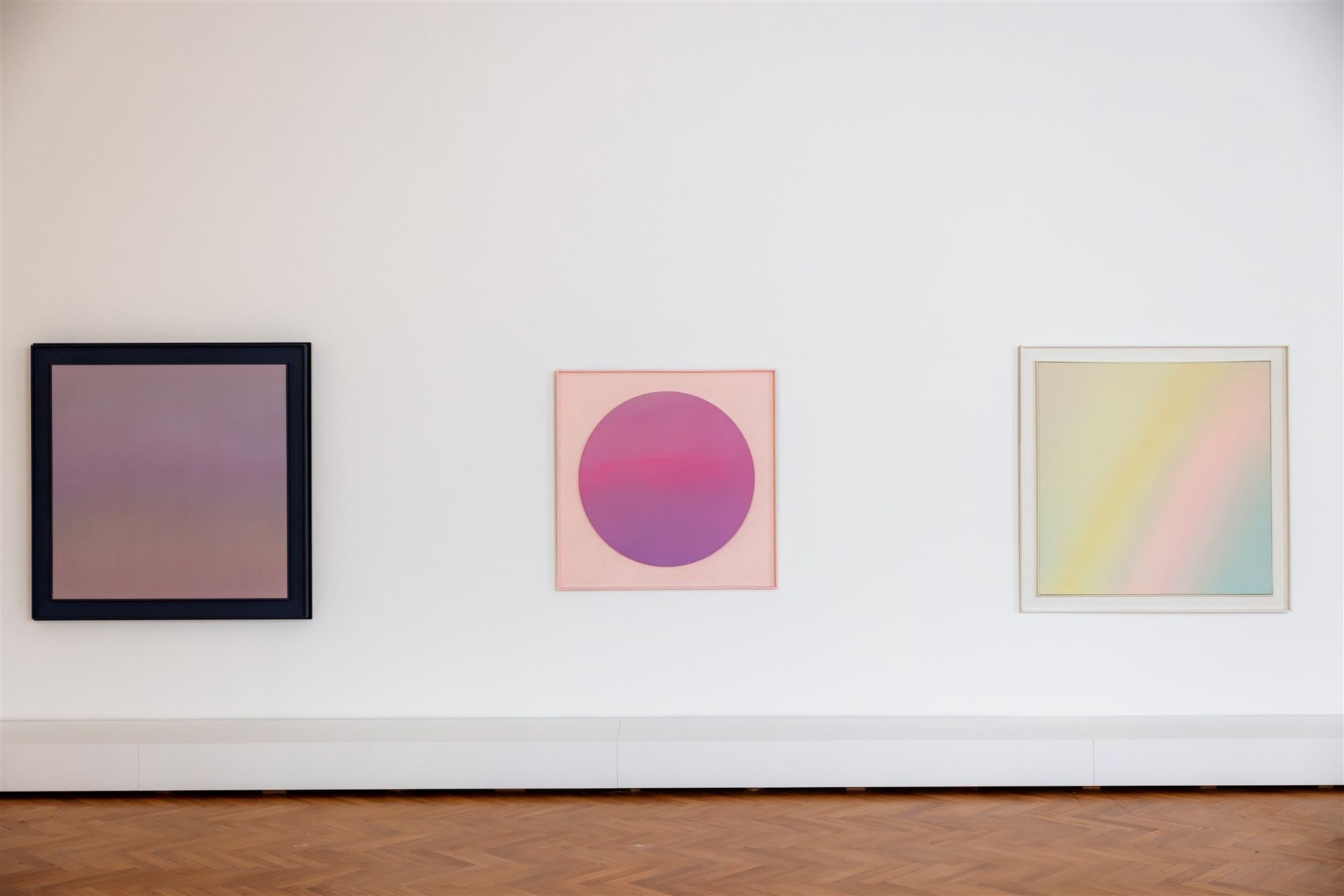
Jef Verheyen @Fille Roelants
SOON: from September 28 to January 19, 2025
ENSOR, IMAGINATIVE DREAMS
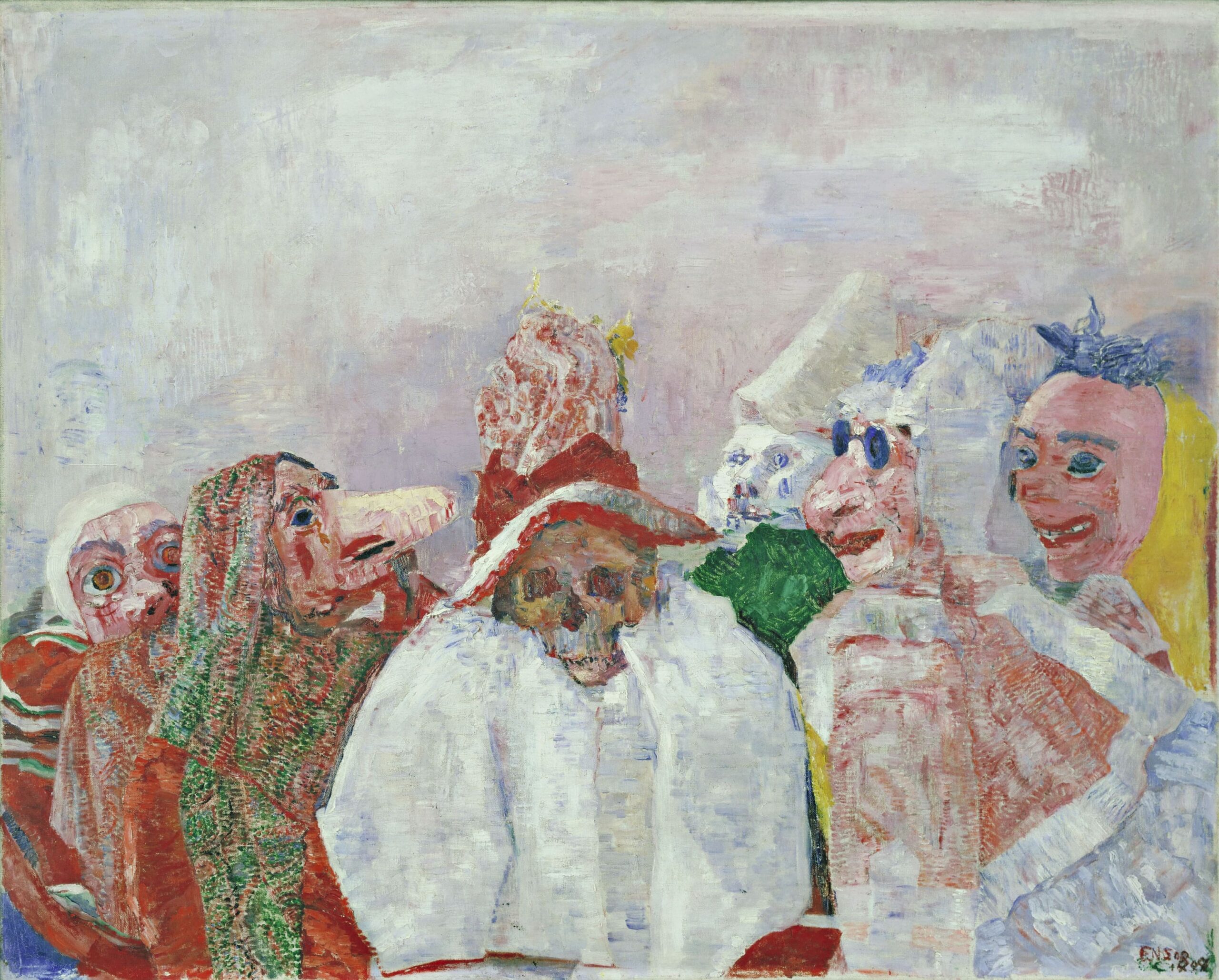
Masks confronting death – James Ensor, Masks Confronting Death, 1888, MoMA, New York
In autumn 2024, James Ensor will take over KMSKA with one of the biggest Belgian exhibitions dedicated to him since 1999. It will immerse us in Ensor’s dream world of wild visions, masks, and satire. KMSKA holds the largest collection of Ensor’s work in the world and houses the Ensor Research Project dedicated to this modern master. It is therefore the ideal venue to present the comprehensive picture of the artist that this exhibition offers.
Ensor was extremely ambitious; he aspired to become Belgium’s leading avant-garde artist. To achieve this, he incorporated French Impressionism into his work. Despite his limited knowledge of their technique, Ensor developed his own version between 1880 and 1885, which was more inspired by the realism of Courbet and Raffaëlli. During this period, he painted works such as “Le salon bourgeois” and “La mangeuse d’huîtres.”
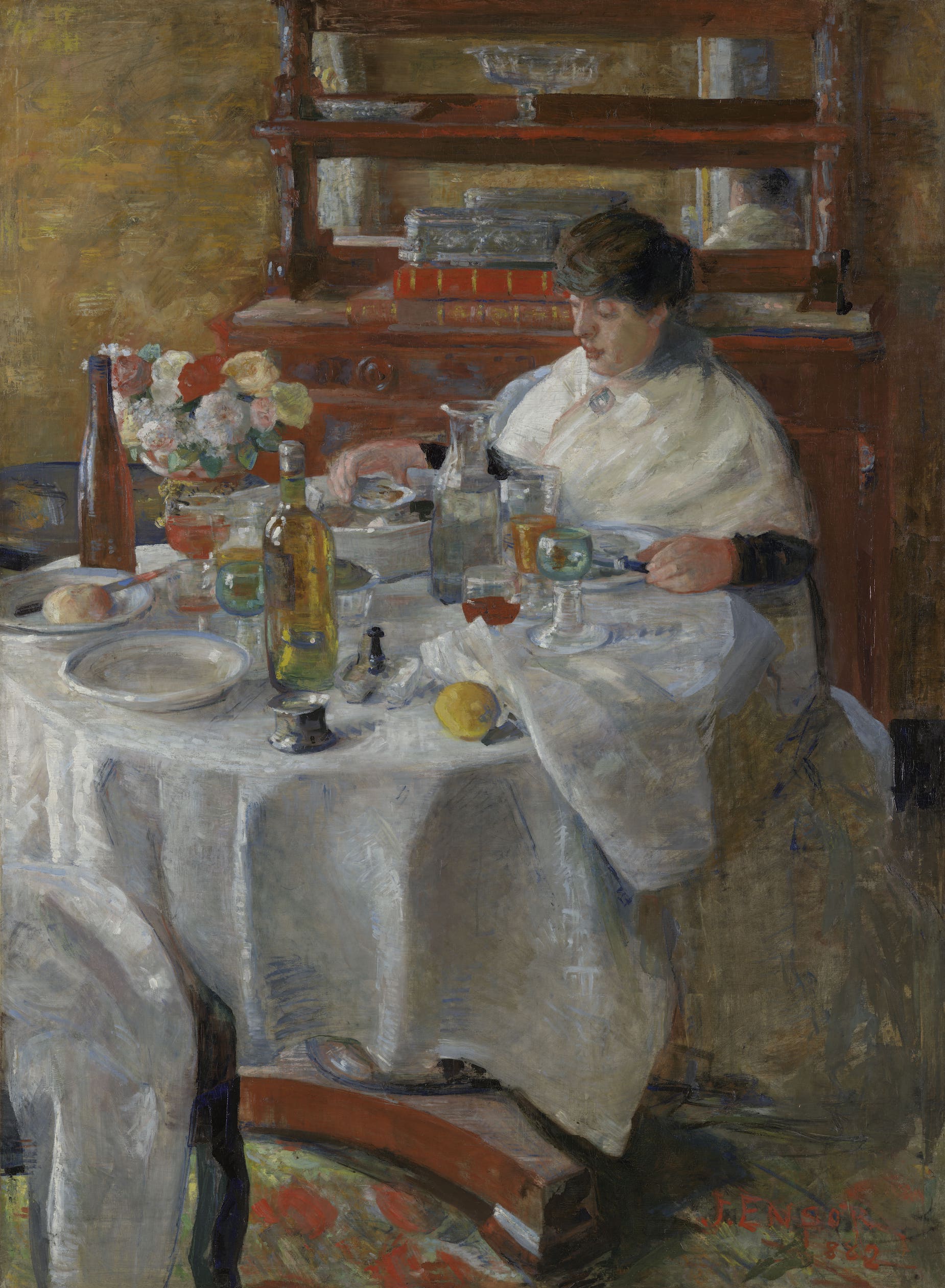
The Oyster Eater, James Ensor, Collection KMSKA – Flemish Community
In 1887, Ensor embarked on a new artistic adventure. He painted “Adam and Eve expelled from Paradise” and drew “The Temptation of Saint Anthony” (Art Institute Chicago).
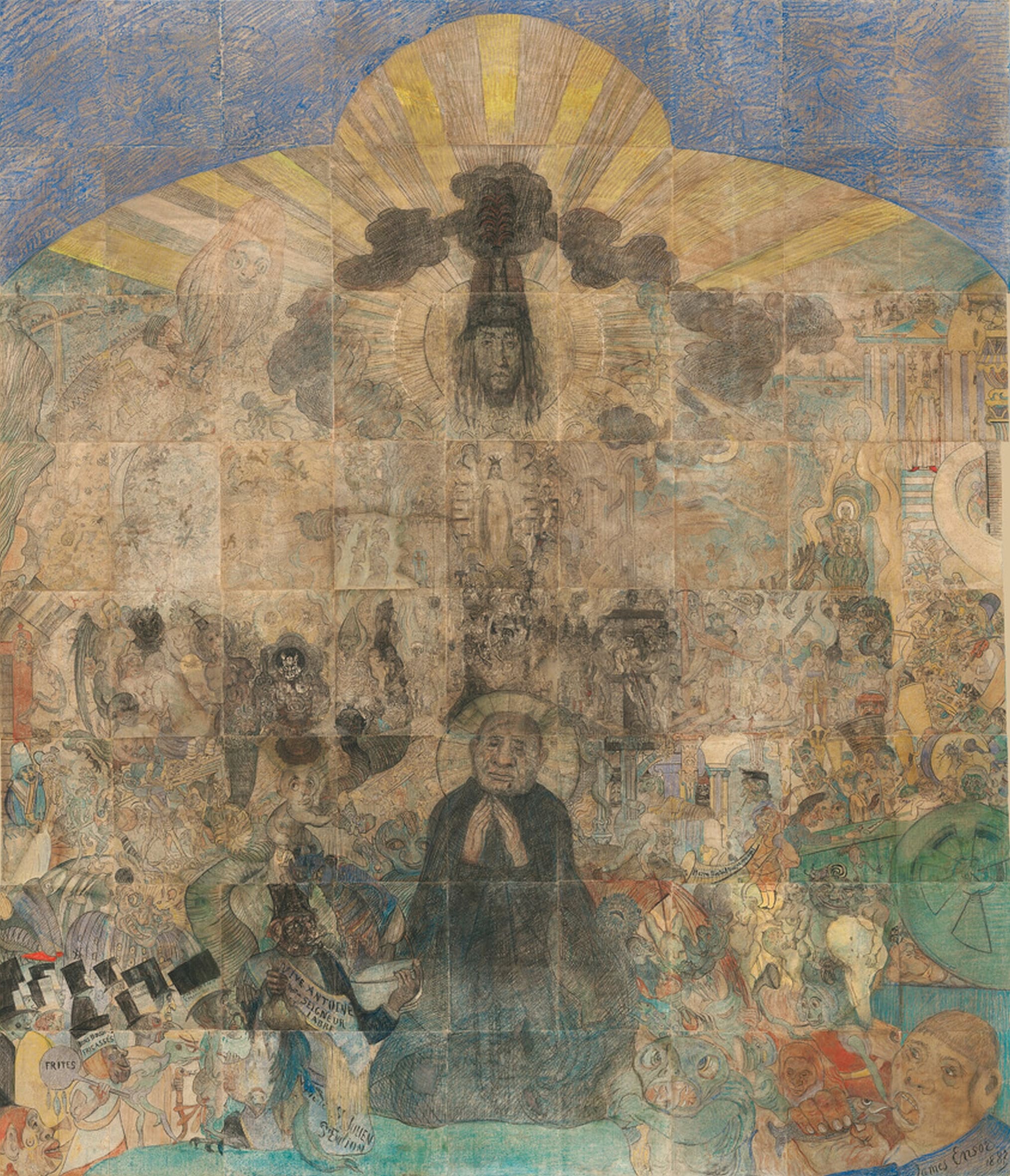
The Temptation of Saint Anthony, James Ensor, The Art Institute of Chicago, Regenstein Endowment and the Louise B. and Frank H. Woods Purchase Fund
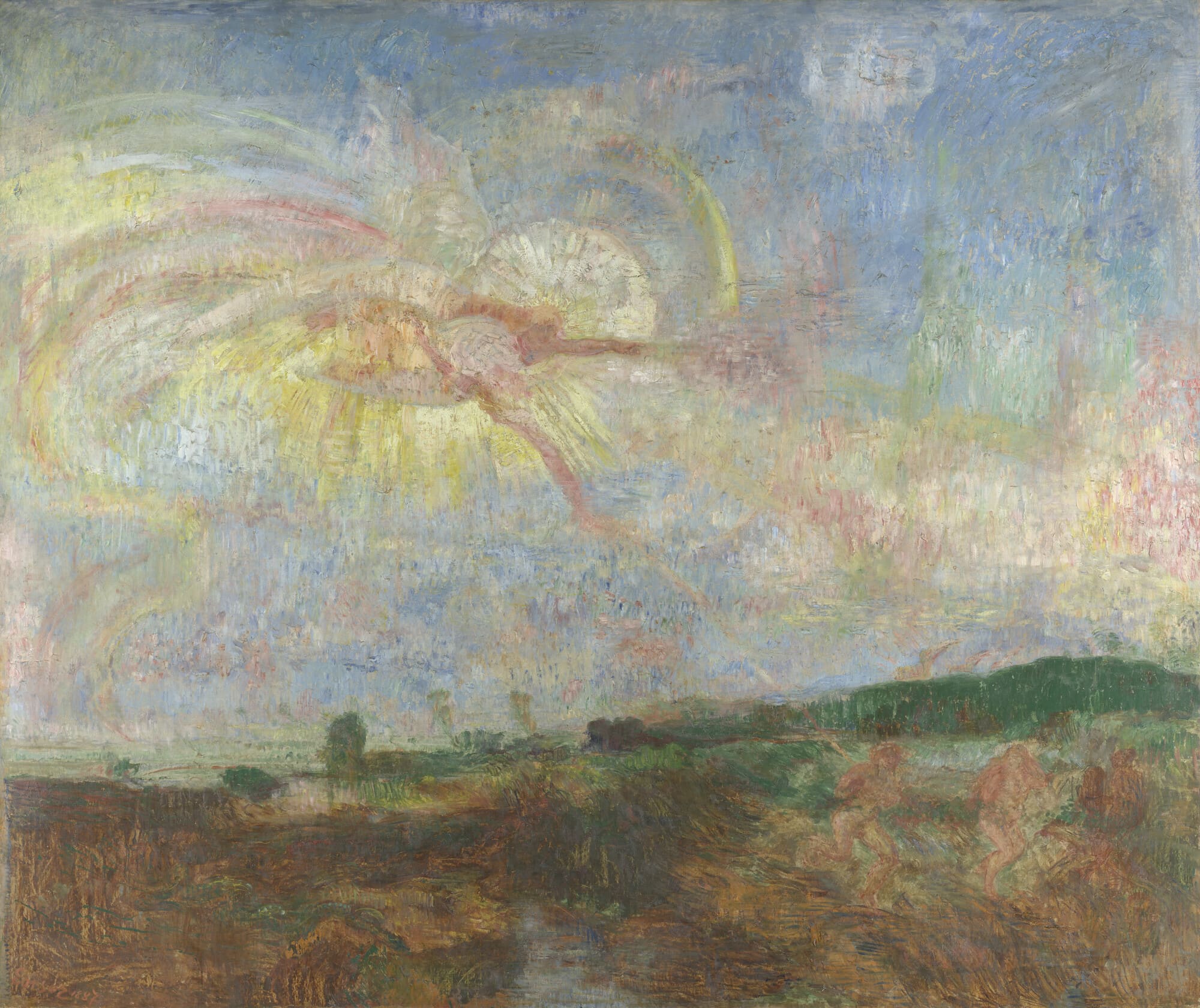
Adam and Eve Expelled from Paradise, James Ensor, Collection KMSKA – Flemish Community
The colors, straight from the tube, are applied purely to the canvas and gain strength through an infinite number of nuances. His penchant for fantasy translates into grotesque and disturbing images. The artist juggles between hilarious and terrifying creations that reflect our wildest dreams.
Ensor’s search for a permanent marriage between the hilarious and the macabre culminated in his most striking contribution to early modernism. Ensor began painting unreal masked creatures. For him, masks revealed the deepest nature of man and in this he proved to be an innovator.
Ensor’s work is imbued with “incoherence,” “smoke and mirrors,” and various forms of mocking humor that were very popular in Brussels and Parisian circles.
The exhibition showcases Ensor at the height of his satirical powers.
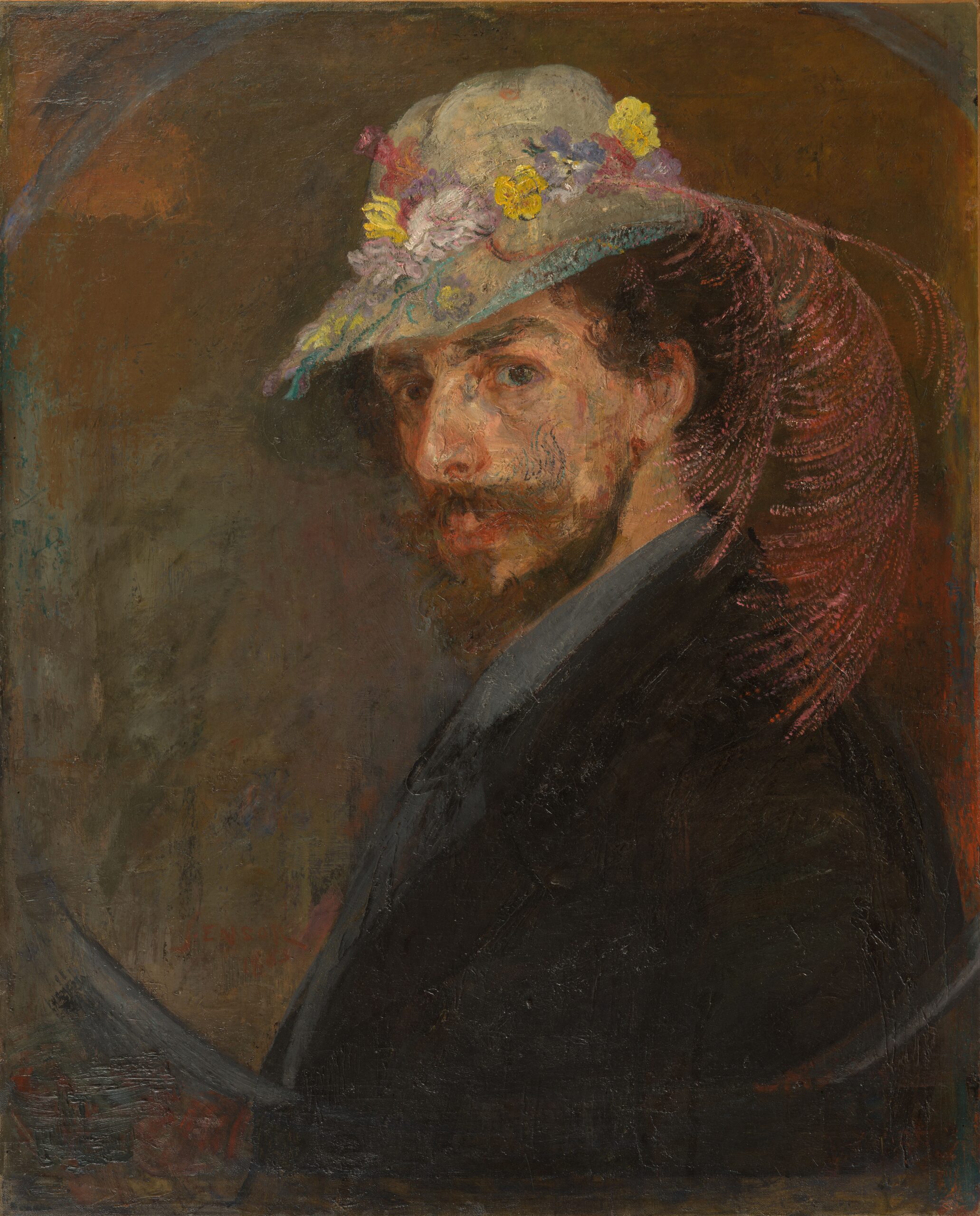
Self-portrait with Flower Hat, James Ensor, Mu.ZEE Ostend, ©Adri Verburg
